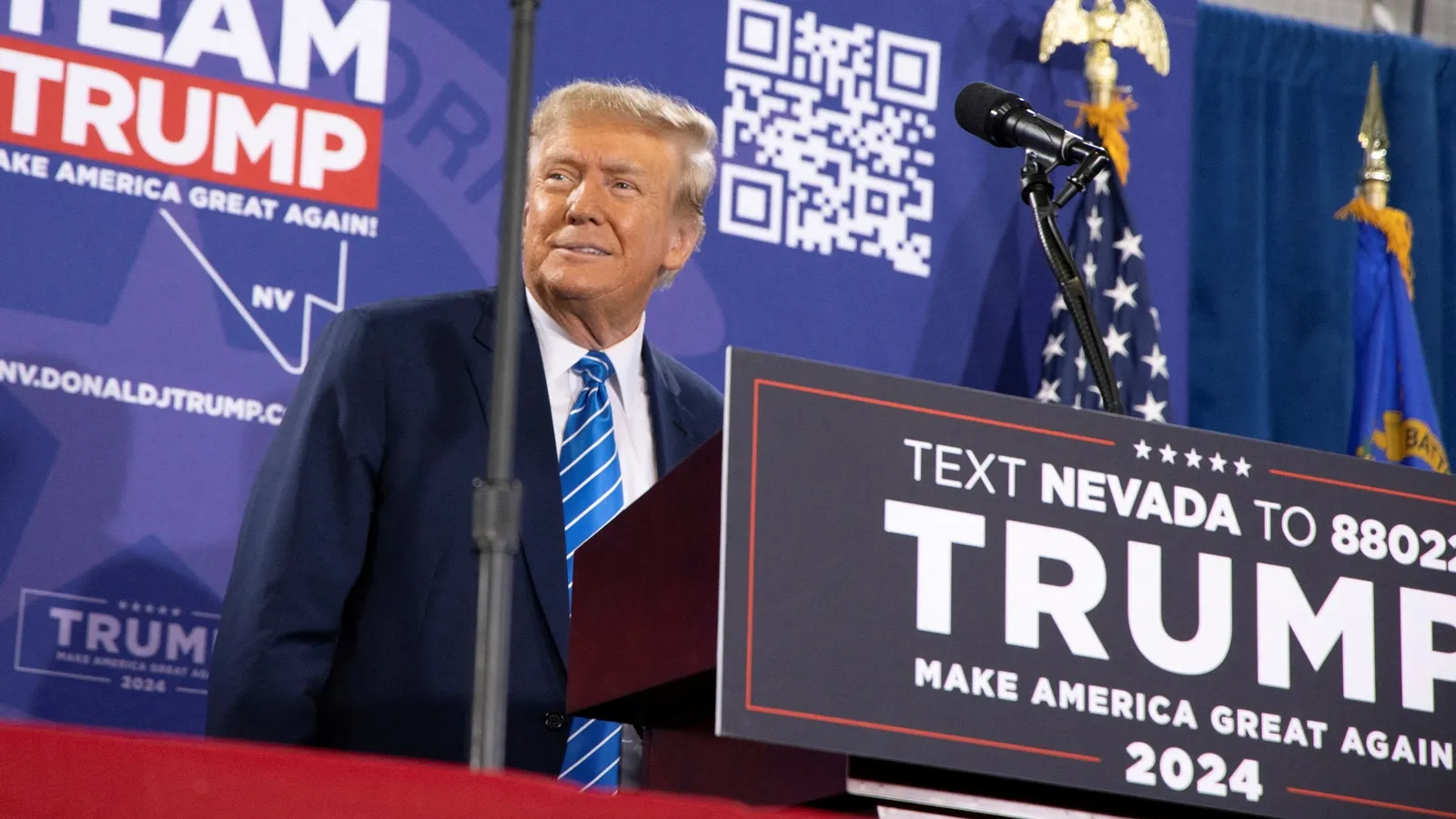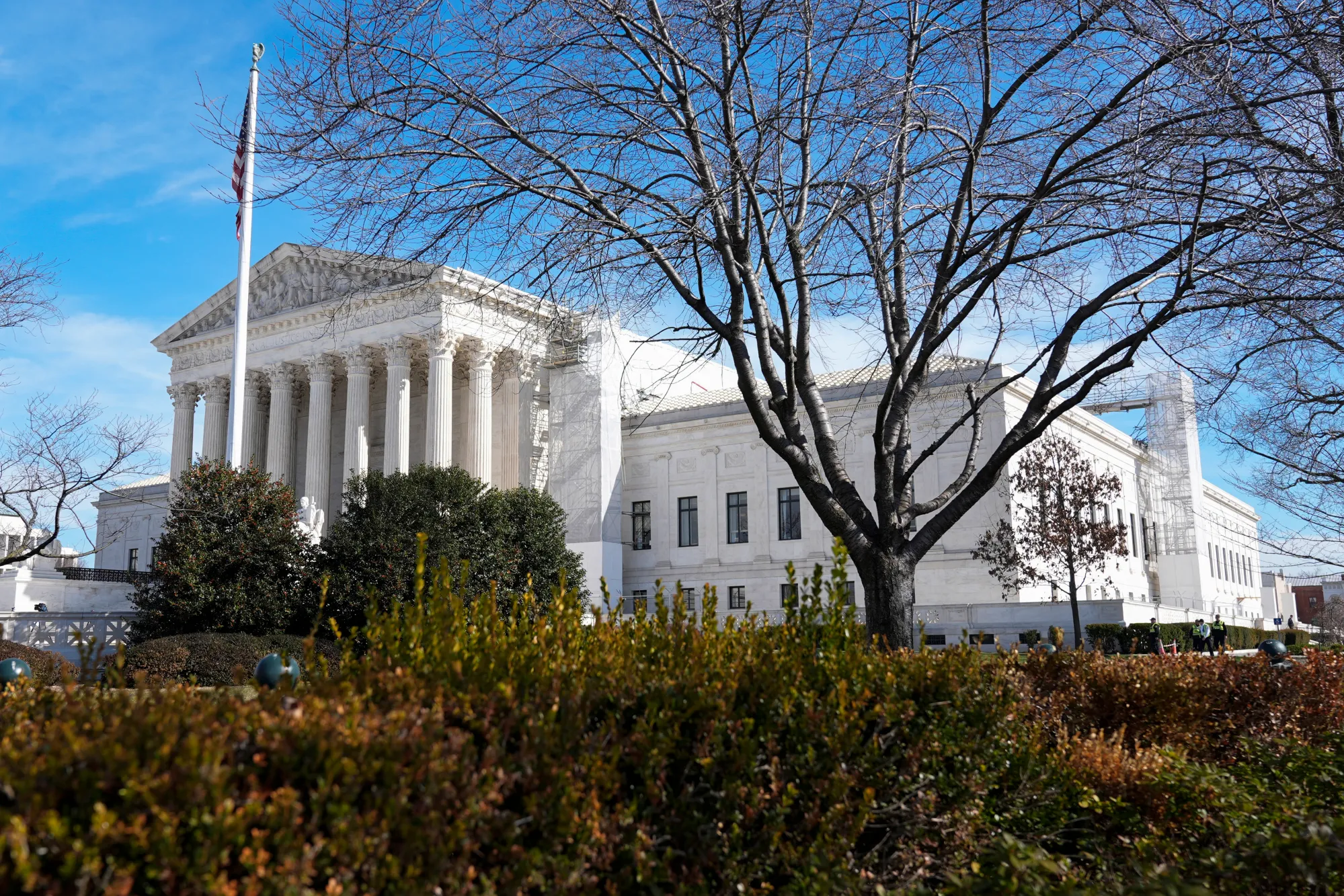In a unanimous decision, the U.S. Supreme Court supported Donald Trump‘s challenge against his exclusion from the ballot. Despite the 9-0 ruling, the court revealed deep internal divisions, reminiscent of past major cases on contentious issues like abortion and federal powers.
Justices differed on their rationale, with disagreements surfacing in Monday’s decision and some exchanges bordering on criticism.
Four justices, including three liberals and the newest addition, dissented, arguing that the majority’s decision, led by five conservative justices, went beyond the necessary scope. This dissent reflects broader discord within the court, particularly concerning cases involving high-profile figures like Trump.

The case centered on Colorado’s Supreme Court ruling that Trump, seeking to reclaim the presidency, was ineligible due to his involvement in the Capitol attack. Trump appealed this ruling, leading to the Supreme Court’s involvement.
The court concluded that only Congress could enforce the constitutional provision disqualifying individuals involved in insurrection from holding office or running for it.
While all justices agreed to bar state enforcement to avoid inconsistencies across states, there were disagreements on the extent of the decision. The dissenting justices criticized the majority for going beyond the immediate case, limiting potential federal enforcement avenues.

Despite the attempt to project unanimity, the court’s decision showcased underlying divisions. Some justices voiced reservations about aspects of the ruling, hinting at lingering discord.
The ruling’s implications extend beyond Trump’s case, touching on broader questions of judicial restraint and the court’s role in politically charged matters. With contentious issues like presidential immunity awaiting resolution, the court’s ability to navigate partisan tensions remains uncertain.
The decision, while resolving Trump’s challenge, underscores the challenges of achieving consensus on complex legal issues amid a deeply polarized political landscape.




